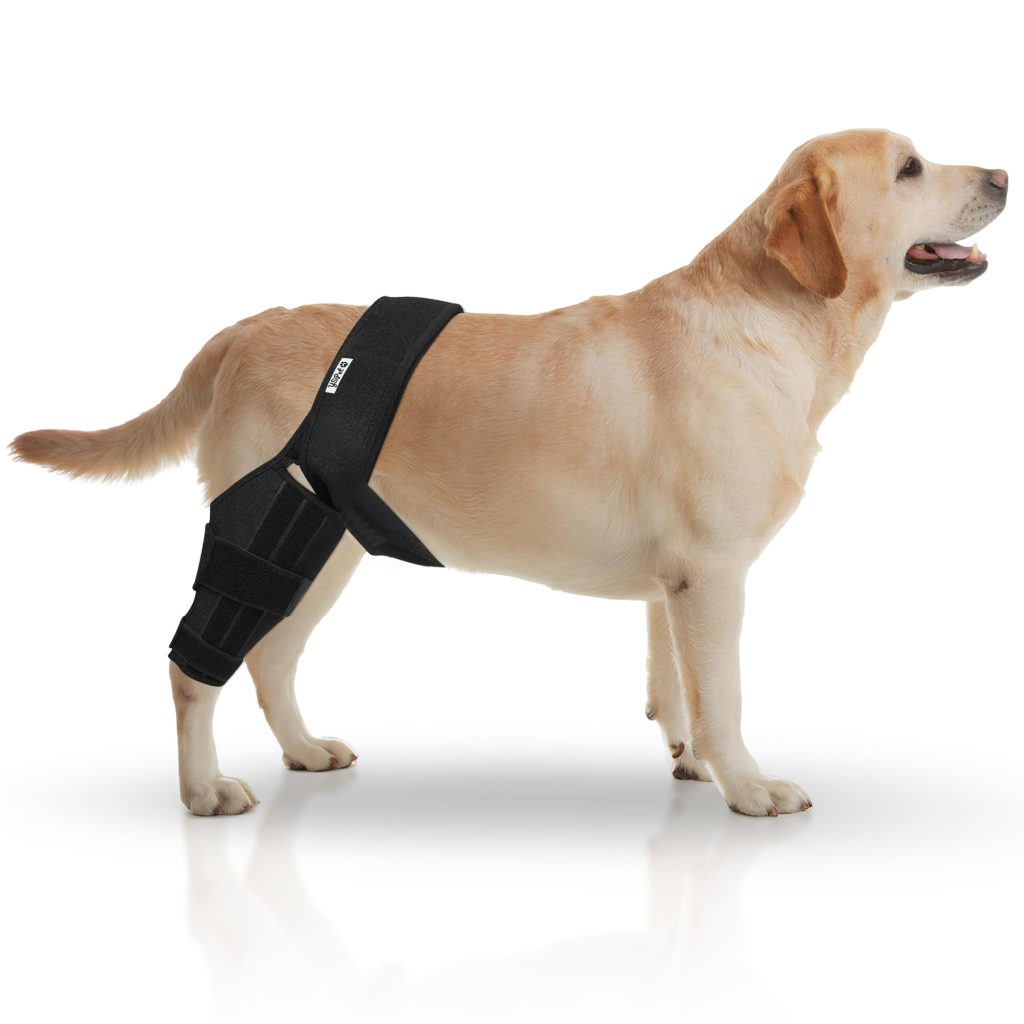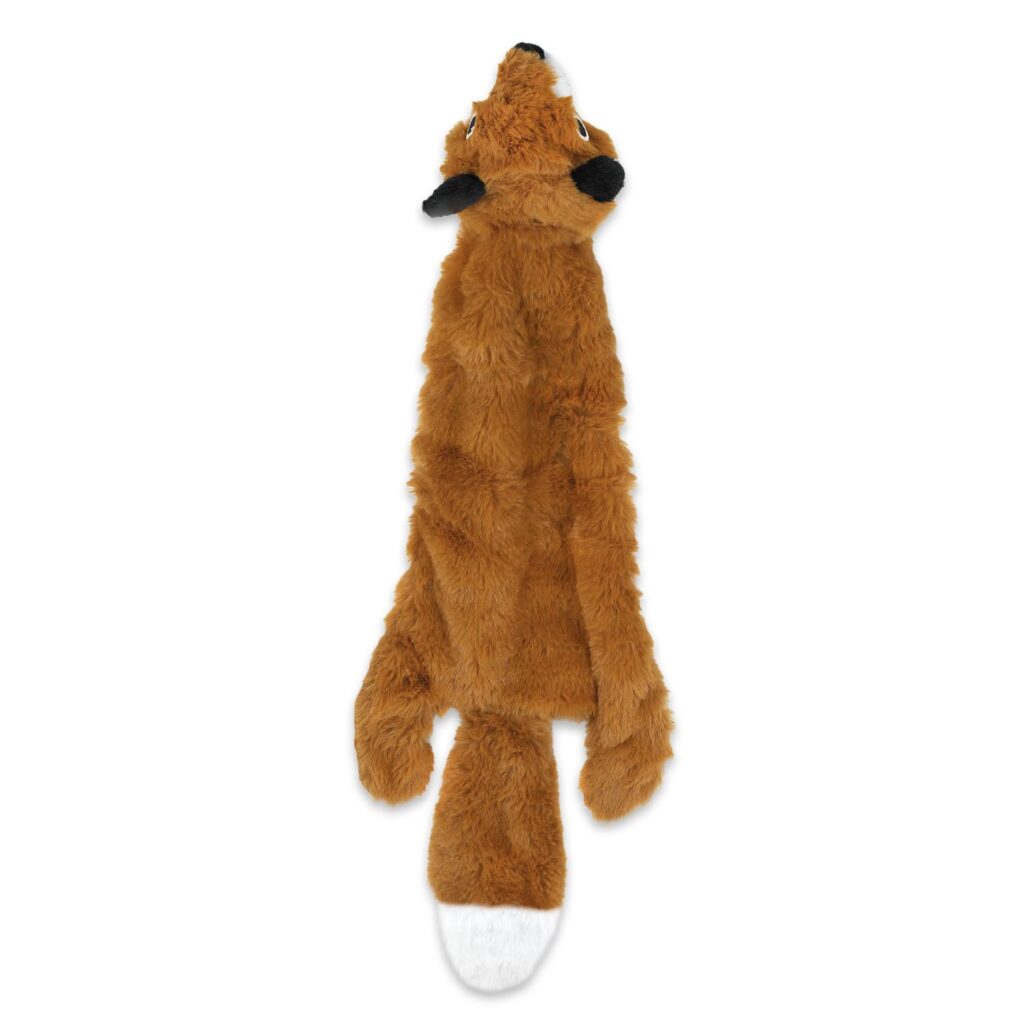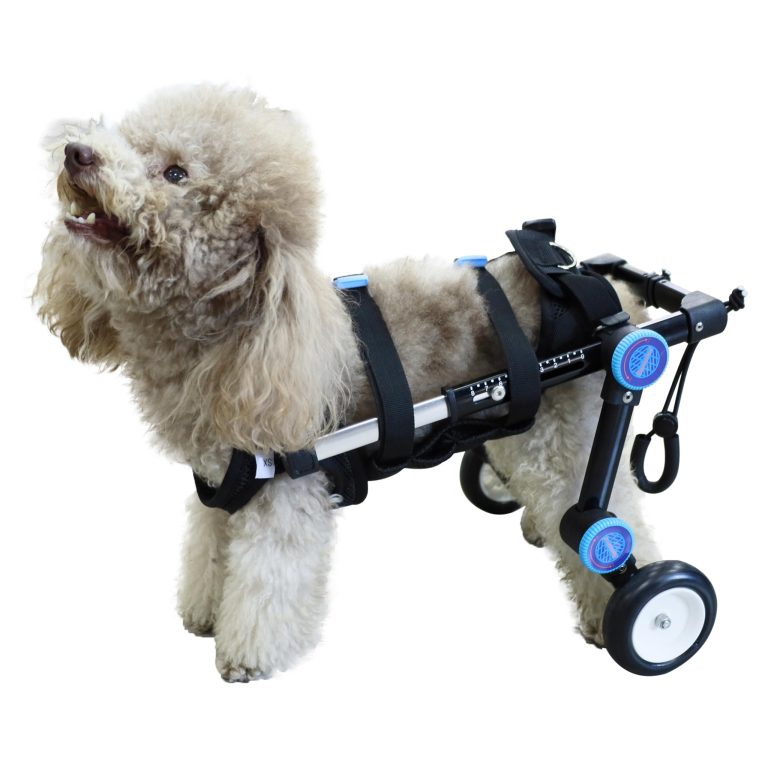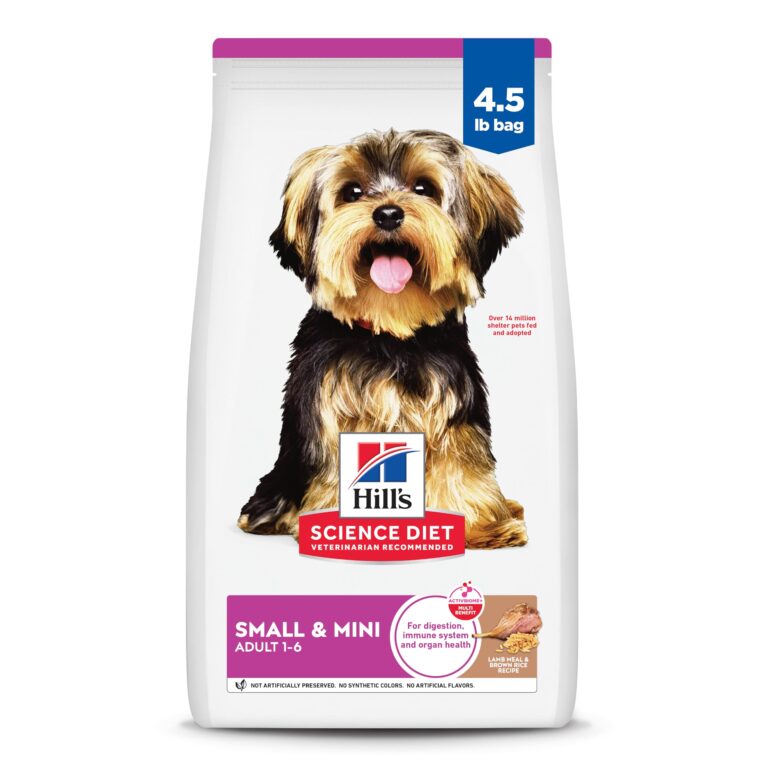Teaching Your Dog Fun and Useful Tricks
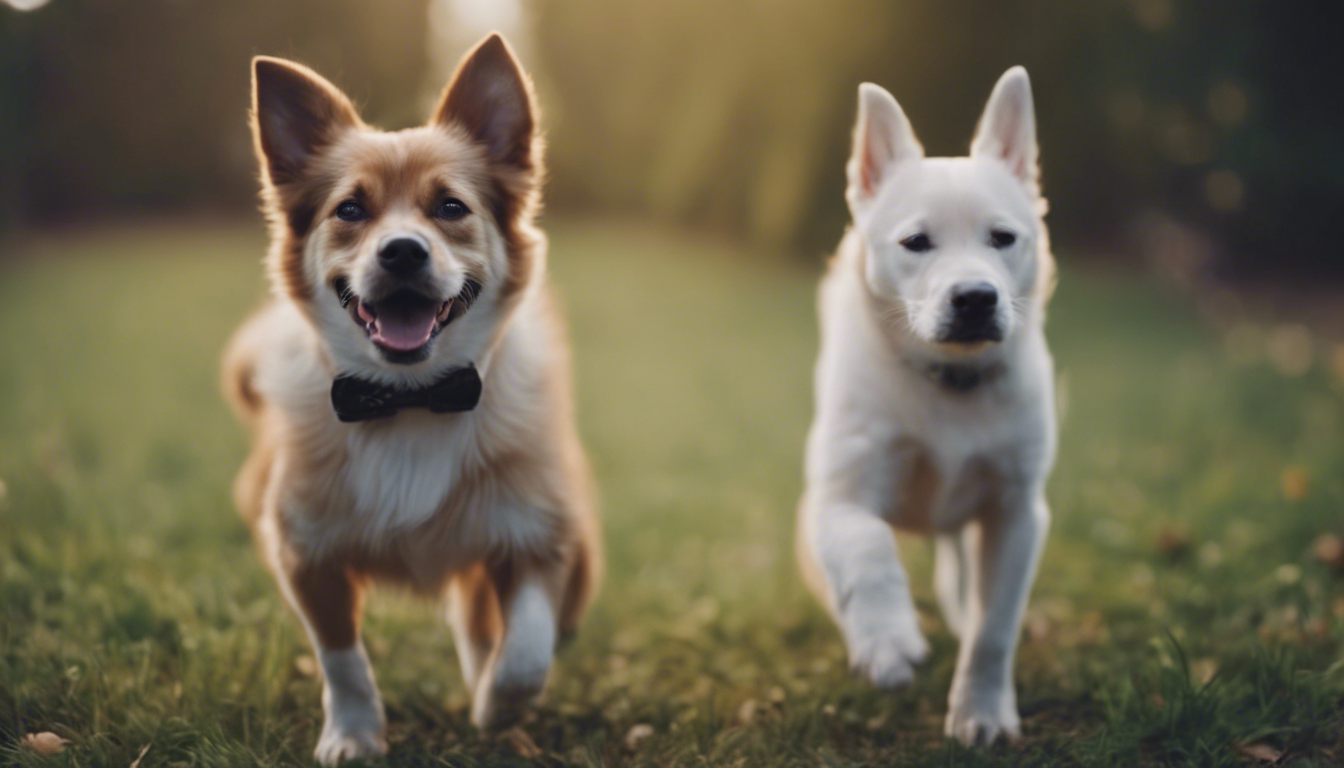
Training your dog to perform fun and useful tricks not only strengthens the bond between you and your furry companion but also engages their mind and enhances their overall well-being. Teaching these tricks is a rewarding experience that allows both you and your dog to have loads of fun together. Here are some essential aspects of pet parenting, including behavior training and companionship, to help you teach your dog fun and useful tricks.
1. Set Realistic Goals
Before you start teaching your dog tricks, it’s important to set realistic goals and expectations. Ponder your dog’s breed, age, and physical abilities to determine which tricks would be suitable. Take into account your dog’s personality, as some may be more eager to learn than others. Start with simple tricks and gradually progress to more complex ones as your dog gains confidence and skill.
2. Use Positive Reinforcement
Positive reinforcement is a powerful tool in dog training. This method involves rewarding desired behaviors with treats, praise, toys, or any other positive stimuli that your dog loves. Whenever your dog successfully performs a trick, immediately praise them and offer treats or playtime. Consistency and patience are key to reinforcing good behavior and ensuring that your dog associates the trick with positivity.
3. Break It Down
Teaching a trick is much easier when you break it down into smaller steps. For example, if you want to teach your dog to roll over, begin by getting them comfortable lying down on their side. Offer treats and praise for successfully achieving this step. Gradually work towards getting them to roll onto their back, rewarding each successful attempt. Breaking the trick down into manageable steps keeps your dog motivated and less overwhelmed.
4. Use Verbal and Visual Cues
Dogs are smart and can quickly pick up on verbal and visual cues. Use a specific word or phrase, such as “sit” or “roll over,” and consistently associate it with the corresponding trick. At the same time, use gestures or hand signals to reinforce these cues. This allows your dog to understand what you want them to do, even without verbal commands. Consistency is key to ensure clear communication between you and your furry friend.
5. Be Patient and Consistent
Dogs learn at their own pace, so it is important to be patient and understanding while teaching them tricks. Avoid getting frustrated or scolding your dog if they don’t grasp a trick immediately. Instead, go back a step or modify your training technique to find an approach that works best for them. Consistency in your training sessions helps your dog understand what is expected of them and reinforces their learning.
6. Practice Regularly
Consistent practice is vital for your dog to master tricks. Short, regular training sessions are more effective than long, sporadic ones. Aim for a few 10 to 15-minute sessions each day rather than one lengthy session. Keep the sessions engaging and enjoyable for your dog, incorporating play and rewards along the way. This regular practice reinforces their learning and strengthens the bond between you and your four-legged friend.
7. Troubleshoot Challenges
During the training process, it is common to encounter challenges. Some dogs may struggle to grasp a particular trick, while others may become easily distracted. Recognize any obstacles and adapt your training approach accordingly. Break the trick down into smaller steps if needed or seek advice from a professional dog trainer who can provide guidance tailored to your dog’s specific needs.
8. Focus on Companionship
Training your dog is not only about teaching tricks; it’s also an opportunity to strengthen the bond between you. Emphasize companionship and spend quality time with your dog during training sessions. Use positive reinforcement, praise, gentle touches, and playtime to create a positive and enjoyable experience for both of you. Celebrate every small achievement and make training a pleasant and rewarding part of your daily routine.
9. Be Mindful of Your Dog’s Well-being
While training your dog, it’s important to prioritize their well-being. Always use positive reinforcement methods rather than aversive techniques that may cause fear or harm to your dog. Ensure training sessions are held in a safe and comfortable environment, free from distractions that may hinder your dog’s learning. Regularly assess your dog’s physical and mental health, providing them with a balanced diet and regular exercise to keep them happy and healthy.
To wrap it up, teaching your dog fun and useful tricks is an enriching experience that benefits both you and your furry friend. By setting realistic goals, using positive reinforcement, breaking tricks into smaller steps, and being patient and consistent, you can effectively teach your dog a variety of tricks. Focus on companionship, troubleshoot challenges that may arise, and always prioritize your dog’s well-being throughout the training process. With dedication and love, you’ll soon have a well-trained dog who can showcase their impressive repertoire of tricks.
